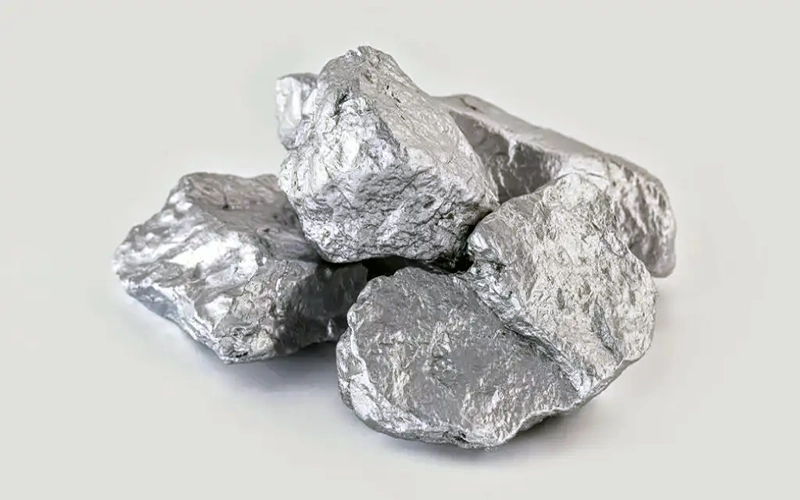Chrome ore is a naturally occurring mineral that contains chromium, one of the most important industrial metals. The most common form of chrome ore is chromite (FeCr₂O₄), an iron chromium oxide, which is the primary commercial source of chromium. Found in ultramafic rocks such as peridotite and serpentinite, chromite deposits are located in various regions around the world, including South Africa, Kazakhstan, India, Turkey, and Zimbabwe.
South Africa is the leading global producer of chrome ore, accounting for more than half of the world’s supply. The Bushveld Igneous Complex in South Africa contains some of the richest chromite reserves on the planet. Other significant producers include Kazakhstan and India, which contribute substantially to global production and export markets.
The primary use of chrome ore is in the production of ferrochrome, an alloy of chromium and iron. Ferrochrome is a crucial material in the manufacture of stainless steel, giving it corrosion resistance, hardness, and a shiny finish. Approximately 90% of the chrome ore mined globally is used to produce ferrochrome, which is then utilized in the steel industry. The remaining 10% goes into chemical applications, refractory products, and foundry sand.
In chemical applications, chromium compounds derived from chrome ore are used in pigments, leather tanning, and wood preservation. For instance, chromium oxide is used as a green pigment in paints and ceramics. Chromium salts are also applied in electroplating to produce a shiny, corrosion-resistant coating on metal objects.
Mining and processing chrome ore can have environmental implications, particularly in terms of waste management, water usage, and air pollution. Improper disposal of tailings and use of toxic chemicals in processing can lead to soil and water contamination.

As a result, sustainable practices and improved technologies are being developed to minimize the environmental footprint of chrome ore extraction and processing.
In recent years, the chrome ore market has seen fluctuations due to global demand changes, trade restrictions, and environmental regulations. The growing emphasis on recycling metals and sustainable practices in the steel industry may influence the demand for virgin chrome ore in the future.
Overall, chrome ore remains a vital raw material for modern industry, particularly in stainless steel production. Its global significance lies not only in its industrial applications but also in the geopolitical and environmental aspects of its production and trade.
The only ores of chromium are the minerals chromite and magnesiochromite. Most of the time, economic geology names chromite the whole chromite-magnesiochromite series: FeCr2O4, (Fe, Mg)Cr2O4, (Mg,Fe)Cr2O4 and MgCr2O4. The two main products of chromite refining are ferrochromium and metallic chromium; for those products, the ore smelter process differs considerably. For the production of ferrochromium, the chromite ore (FeCr2O4) is reduced with either aluminium or silicon in an aluminothermic reaction, and for the production of pure chromium, the iron has to be separated from the chromium in a two-step roasting and leaching process. Chromite is also used as a refractory material because it has a high heat stability.

| Cr2O3 | Fe | SiO2 | Al2O3 | MgO | P | S | Size | Origin |
|---|---|---|---|---|---|---|---|---|
| 42% min | 12.08% max | 9.05% max | 3.01% max | 12.95% max | 0.05% max | 0.05% max | - | Iran |

© 2013 Vertix Co. All Rights Reserved. Leading Supplier Of Foundry & Metallurgical Materials